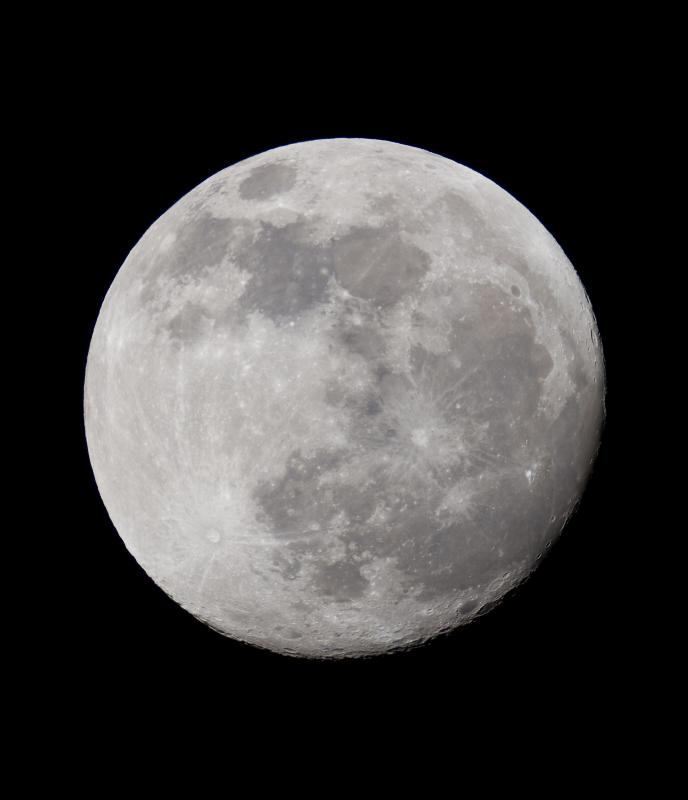At WiseGEEK, we're committed to delivering accurate, trustworthy information. Our expert-authored content is rigorously fact-checked and sourced from credible authorities. Discover how we uphold the highest standards in providing you with reliable knowledge.
What Was Historic About the 'Odysseus' Lunar Landing?
The lunar lander Odysseus made history on February 22 by becoming the first commercial spacecraft to successfully soft-land on the Moon. This moment also marked the first time an American spacecraft has landed on the Moon since the Apollo 17 mission in 1972.
Developed by the U.S. aerospace company Intuitive Machines (IM), Odysseus is an uncrewed Nova-C class lunar lander. The spacecraft, affectionately nicknamed “Odie,” is a hexagonal cylinder with six legs that stands nearly 13 feet (4 m) tall and is powered by liquid methane and liquid oxygen (methalox).

Backed by $118 million USD in NASA funding, Odysseus embarked on its lunar mission, known as IM-1, with a launch from Kennedy Space Center on February 15. It was equipped with six sophisticated NASA instruments, as well as commercial, educational, and cultural payloads. The NASA instruments were designed to collect scientific data about various aspects of lunar terrain, from measuring the electron plasma environment to deploying laser reflectors for precise location tracking of the lander.
NASA’s collaboration with Intuitive Machines is part of the Commercial Lunar Payload Services Initiative, created to encourage private companies to enter the space exploration industry and reduce the cost of NASA missions.
Odysseus’s landing was not without complications. Technical issues with a laser instrument initially delayed the landing by two hours, prompting an additional orbit around the Moon. Despite this setback, a substitute laser was employed, and Odysseus landed near the lunar South Pole, the southernmost point ever visited by a spacecraft. This region of the Moon gets almost continuous sunlight, powering the spacecraft's solar panels. Scientists also believe there could be frozen water nearby.
Unfortunately, Odysseus descended faster than expected on an area of high ground. As a result, Odysseus landed at an angle and damaged one or possibly two of the landing gear legs. This also meant that some of the spacecraft's antennae were pointed towards the ground. Despite this, Odysseus retained significant operational capabilities, enabling the extraction of valuable data.
Success and failure on the Moon:
- Intuitive Machines had planned for Odysseus to be operational for 7 to 10 days at most before it would need to be powered down due to the lunar nightfall when temperatures plummet too low for the lander to function. On February 29, a week after the spacecraft landed, Odysseus transmitted a final image from the Moon before it shut down. However, Intuitive Machines is hoping to revive the lander once the lunar night passes in approximately three weeks.
- The successful touchdown of Odysseus follows less successful recent landing attempts. In January, Astrobotic’s Peregrine failed to land on the Moon after a fuel leak. Also in January, Japan’s space agency achieved a precise landing with its SLIM spacecraft, but it was facing upside-down and its solar panels were obscured from the Sun. These and other difficulties underscore the complications, risks, and costs associated with lunar exploration.
- NASA is still planning to press on with its delayed Artemis program. The current timeline is for Artemis II to put a crew in orbit around the Moon in September 2025, while landing astronauts near the lunar South Pole is scheduled for September 2026.
AS FEATURED ON:
AS FEATURED ON:











Discuss this Article
Post your comments